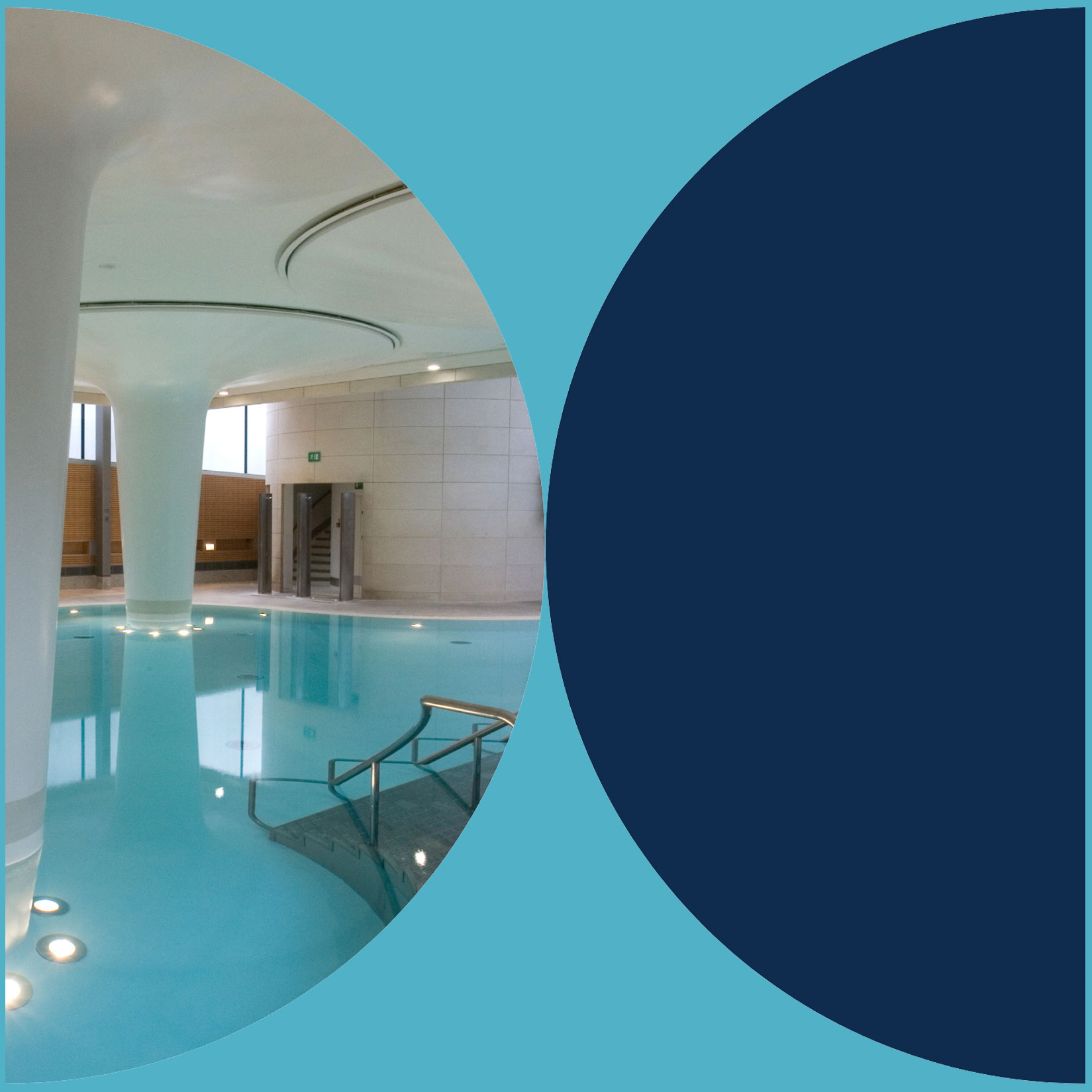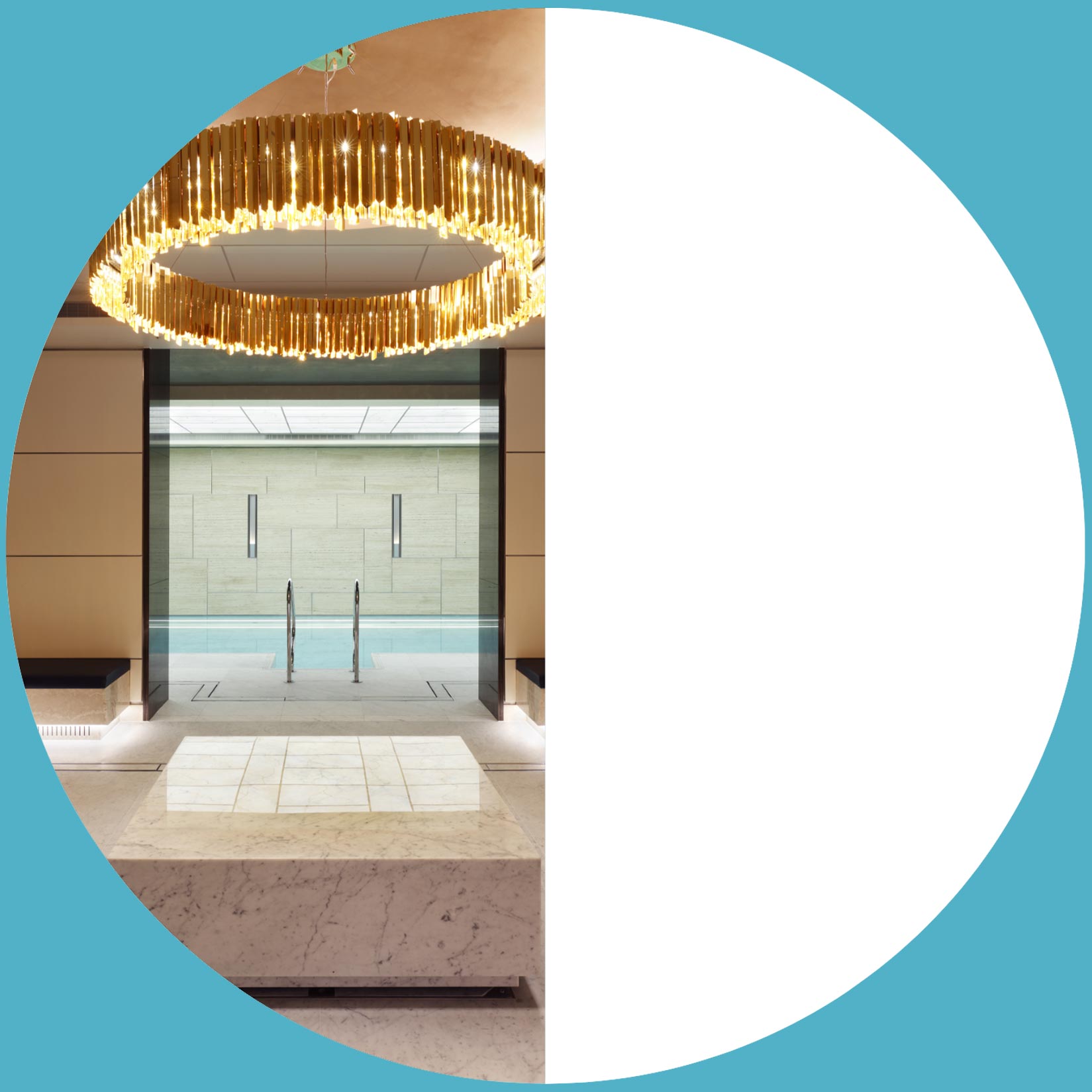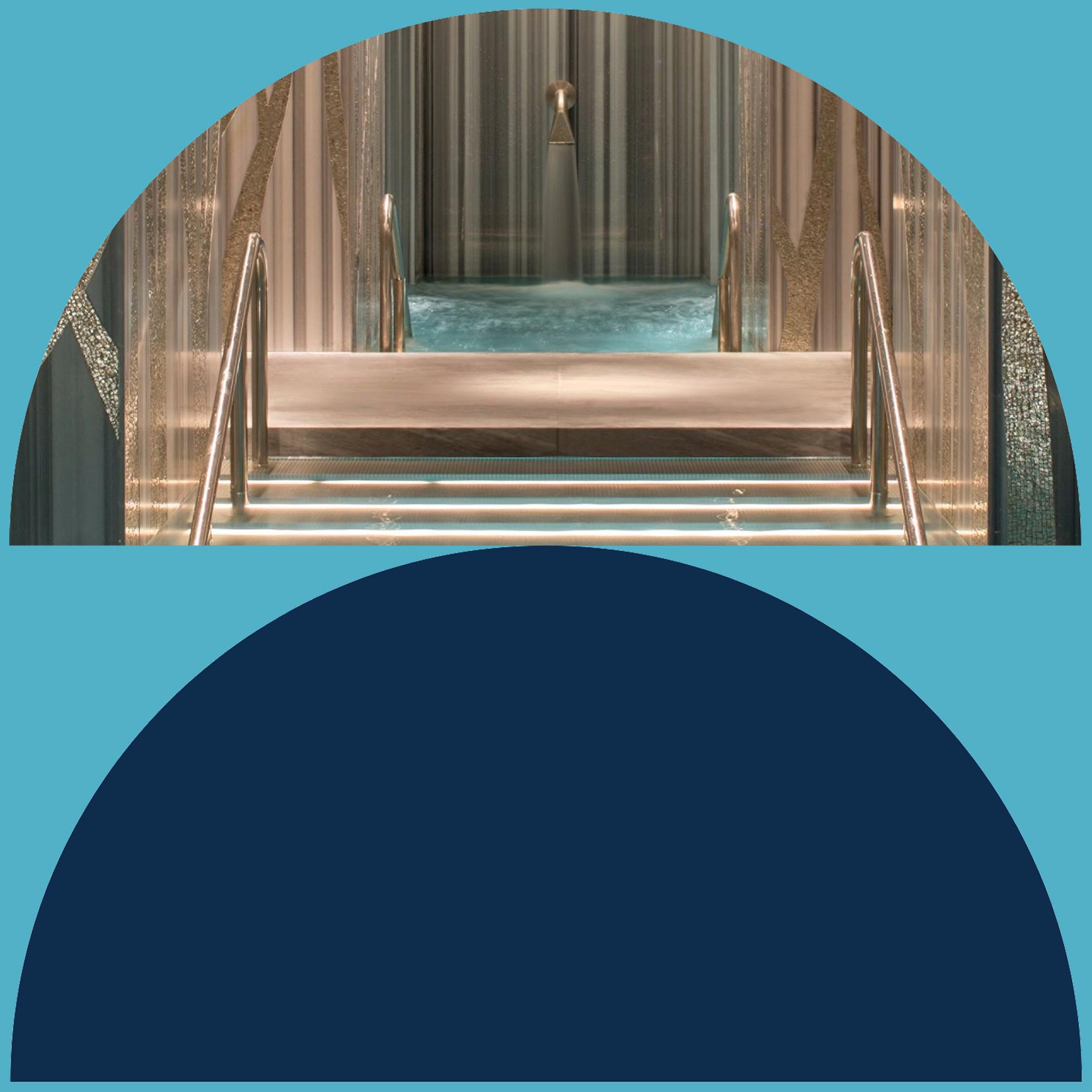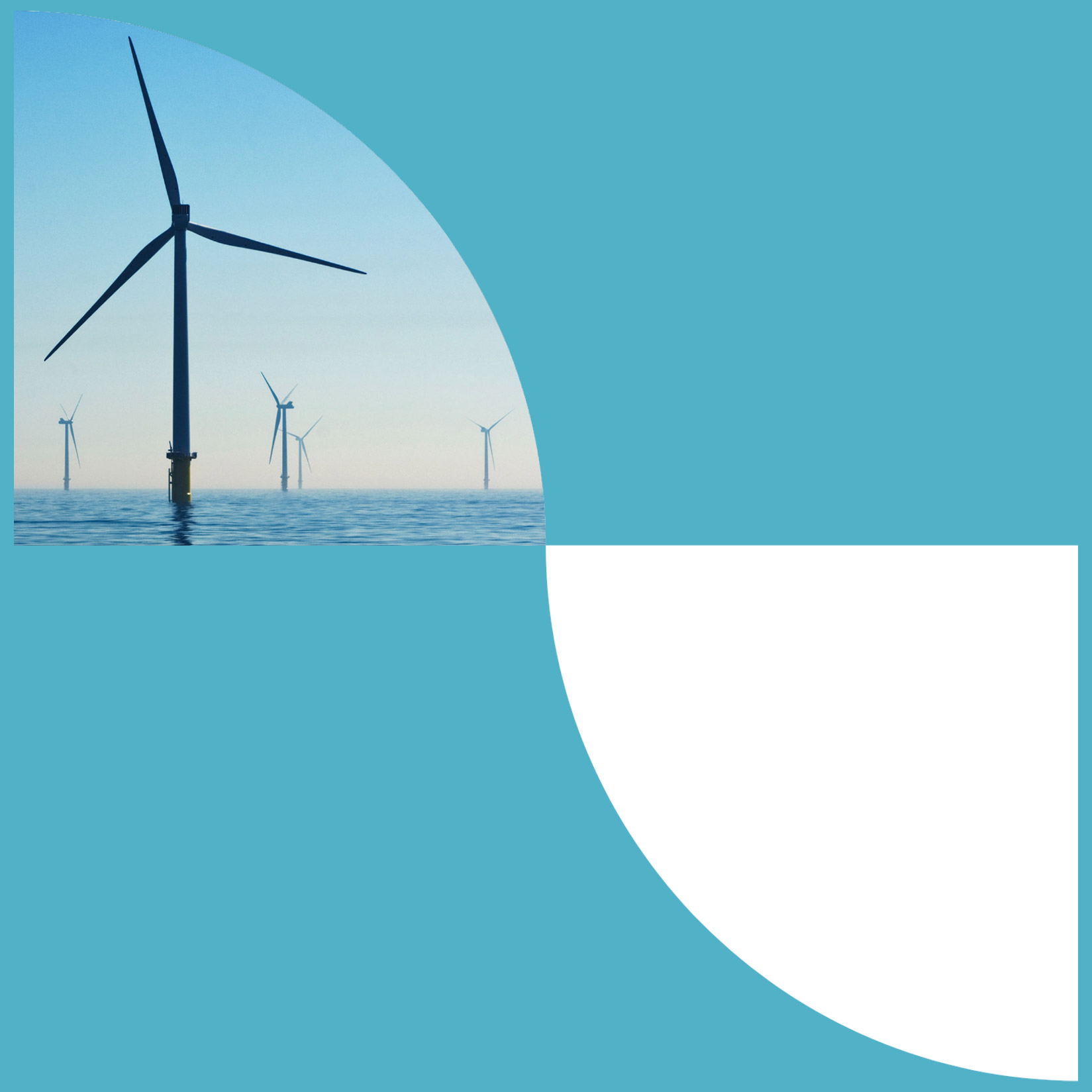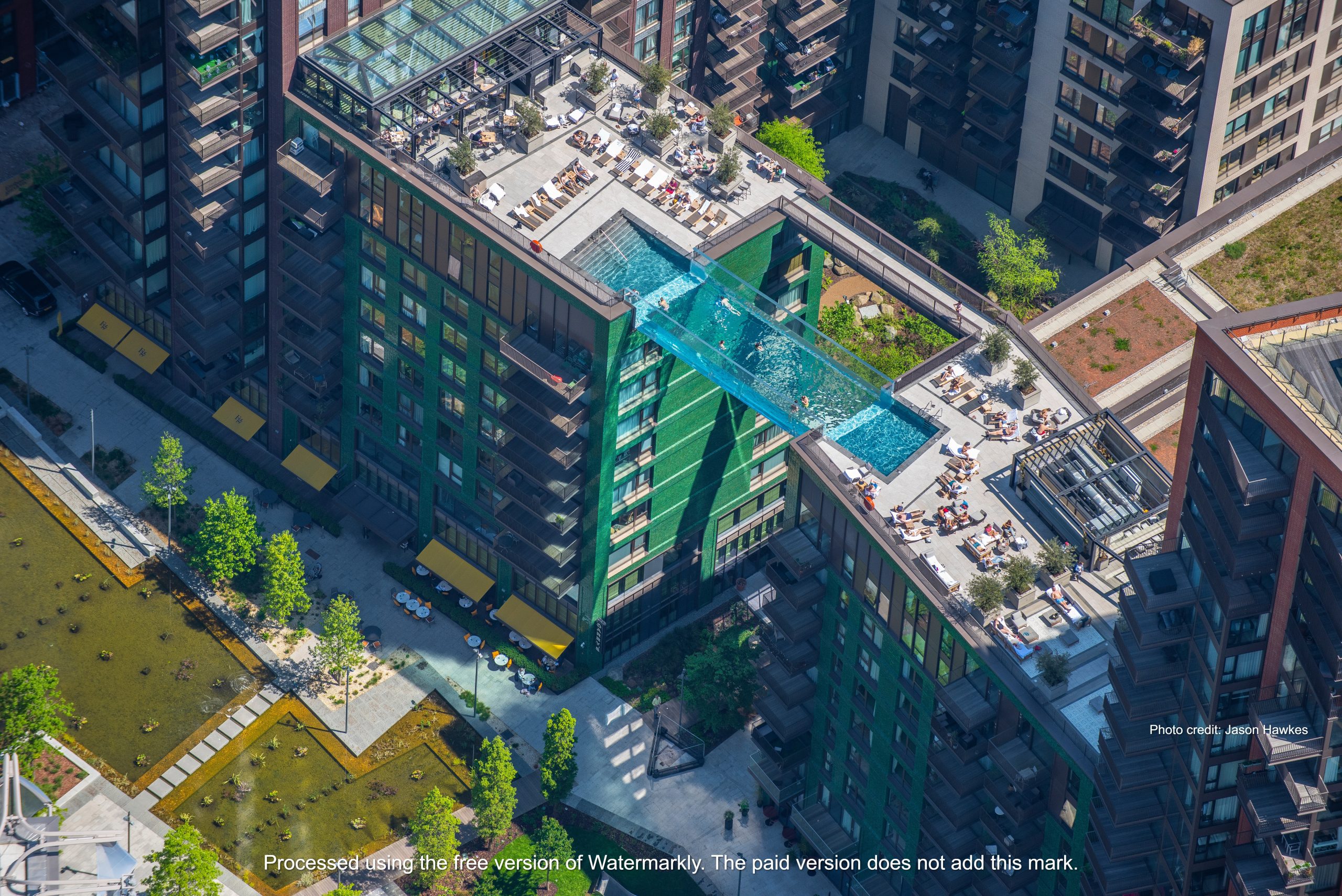
Update
ECO Pool Tank Design
20th August, 2025
In previous news stories, we’ve highlighted how Devin’s ECO design enhances water treatment efficiency and improves the sustainability of heat experience cabins. But what about the pool tank itself? Let’s explore how we help clients achieve optimal solutions for their pool tanks and surrounding structures.
A key starting point in every project is advising on pool tank design. We independently assess with the design team the most suitable solution—whether it’s concrete, stainless steel, GRP or another approach—based on client needs, technical constraints, and crucial sustainability factors. These include weight, embodied carbon, longevity, maintenance requirements, and end-of-life options.
A key vital consideration is insulation. Many pools are built into the ground, outside the building’s thermal envelope, yet lack proper insulation—contrary to Passive House recommendations. We carefully evaluate each pool and provide tailored insulation guidance to minimise heat loss.
While reducing heat loss through the pool structure is beneficial, the greatest losses occur at the pool surface. On an indoor pool, while there may not necessarily be a financial benefit with a pool cover, there will nearly always be a saving in carbon. On an outdoor pool in the colder periods, heat losses on an exposed water surface can be in excess of 2kW per m2. That’s why we always recommend pool covers, especially for outdoor pools in the UK. We offer independent advice on the wide range of cover options available, how they integrate with design, and the energy-saving benefits they deliver.
By combining these strategies with our ECO water treatment design, we help clients achieve fully optimised pool systems that deliver energy savings throughout the facility’s lifespan.
Interested in applying these principles to your project? Contact Sam Gledhill at sgledhill@devin-consulting.com to learn more.
